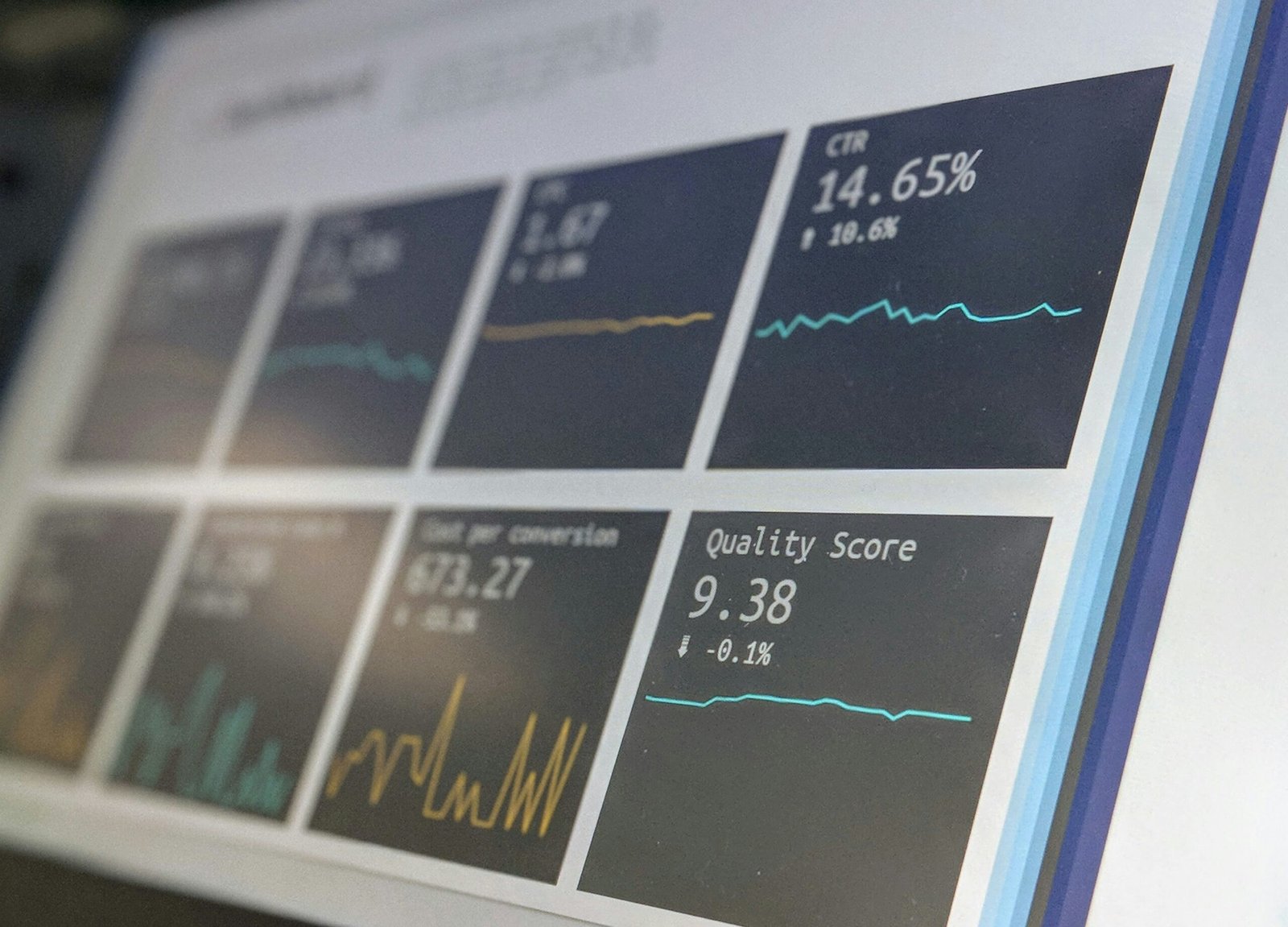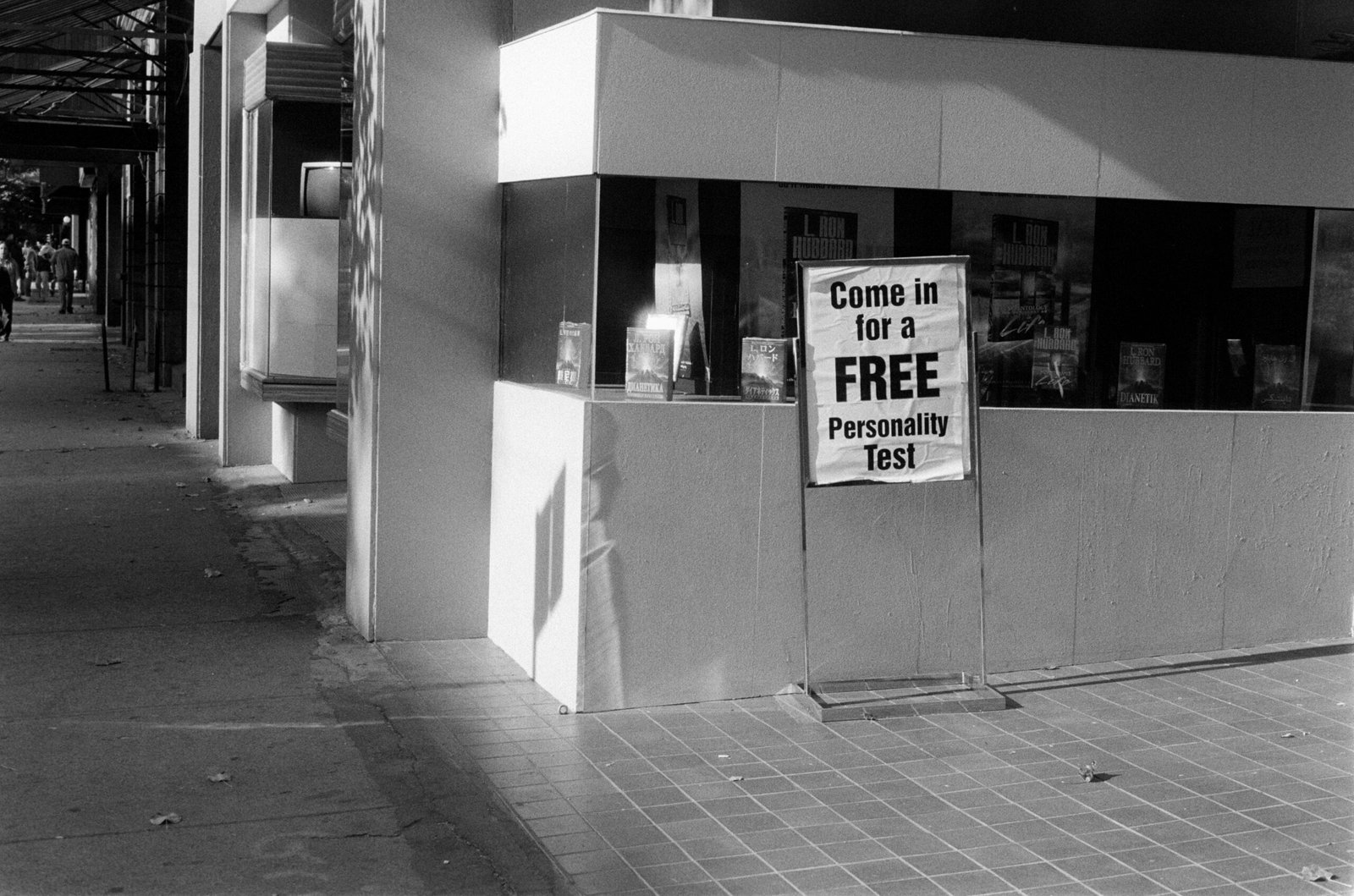There is an increasing desire for human resource departments to focus only on “Employee Experience.” Employee experience is a term that refers to an employee’s perceptions of their interactions with many facets of the organization for which they work. The notion of experience is the trip an employee takes from the time he or she is a job prospect until the time they leave the firm and beyond. The EX (employee experience) idea is extremely wide and encompasses a variety of factors, including how businesses recruit, train, engage, and evaluate their employees. In this article we’ll guide you to an introduction of why it’s important to invest in EX now and how you may use Design Thinking to start up the change for your organization.
A proper design around your Employee Experience benefits any organization
According to research, a positive employee experience has various beneficial impacts, including the following:
- Increase in productivity: Employees that are satisfied and engaged perform harder and smarter, creating more and spending less, which boosts the bottom line immediately.
- Improvement in Talent Retention: The happiest employees are less likely to leave, and this in turn develops the skills and experience of the entire organization.
- Reduction in turnover: The converse of increased retention. It prevents the expense of recruiting and training substitute employees.
- Reduction in absenteeism: This has a positive influence on productivity and morale.
- Increase in innovation and creativity: It is well established that employee satisfaction correlates with the production and acceptance of innovative ideas.
Design thinking to help you improve EX
Design Thinking is a methodology for creating creative goods and services. It is, however, increasingly being employed to satisfy the needs of today’s employees. Expectations are evolving, and so should the approach taken by human resource departments.
Design Thinking, alternatively referred to as human-centered or (in this case) employee-centered design, is a highly effective process that focuses on empathetically understanding the unarticulated requirements of people while also establishing a regimen for evaluation and tolerance for failure. In terms of fostering a positive culture, it can be used to research and understand a business’s people, challenges, and needs, and then to design experiences that foster a sense of belonging, fulfillment, and satisfaction.
For instance, through our Innovation Consulting practice, we’ve used Design Thinking to develop new people strategies that prioritize development and growth, visions, purposes, and values that truly reflect employee desires, a new graduate recruitment process that prioritises user benefit over organizational benefit, and a human-centered performance review process, to name a few. The possibilities for incorporating Design Thinking into work experiences are virtually limitless and incredibly useful. Now let’s discuss how design thinking can improve employee experience
Establish an innovation culture
Not only Design Thinking can assist you in creating superior experiences throughout the recruitment process and exit interview, but it can also assist you in better understanding your clients. By incorporating a design mindset into the organisation, you incorporate the perspectives of your team members into every internal decision, as well as the perspectives of your customers into every exterior choice. This enables the translation of company objectives into customer-centric initiatives and the development of a culture in which every member of the team considers the impact of their actions on customers.
Additionally, embedding design practises can serve as a bridge between different departments and teams. Every team member must understand user empathy and ensure that it pervades all aspects of the organisation. As a result, every department, from finance to customer care to marketing, collaborates to understand the user experience, analyses it, and then determines the value they can jointly develop and deliver. Not only does this add value to the consumer, but it also elevates the importance of each department, fostering a more collaborative and productive atmosphere.
Understand the fears and risks of starting with improving Employee Experience
This is not the end of it. Design Thinking helps to avoid the immobilization that might occur as a result of failure. Through small-scale testing, failure is controlled such that it is not regarded negatively but as new information. Design Thinkers have quick, resourceful, and effective techniques for evaluating their assumptions, which minimizes the risks associated with incorrect assumptions. When a new corporate system or structure is implemented, it is guaranteed to have undergone extensive investigation, consideration, and testing, instilling greater confidence.
There are various components to creating a great culture, yet the process might feel ethereal at times. Design Thinking contributes to resolving this ambiguity by providing a structured method for re-designing employee experiences, a chance for individuals to have their voices heard, and also by assisting in the formation of new mindsets. When employees can actively engage in, support, and enhance their own organization while also upgrading their skills and ideas, not only do they win, but your culture does as well.







